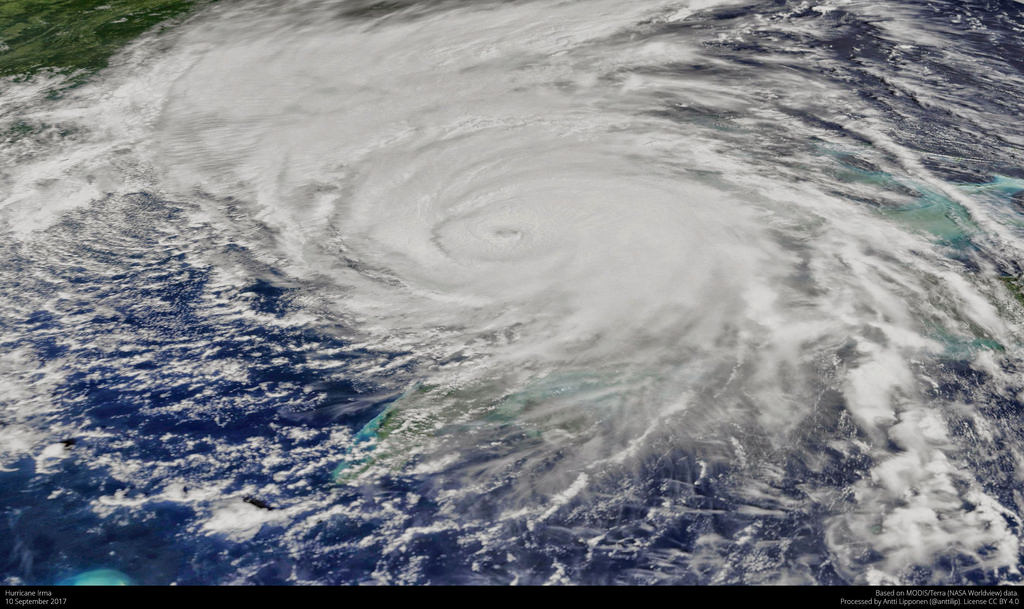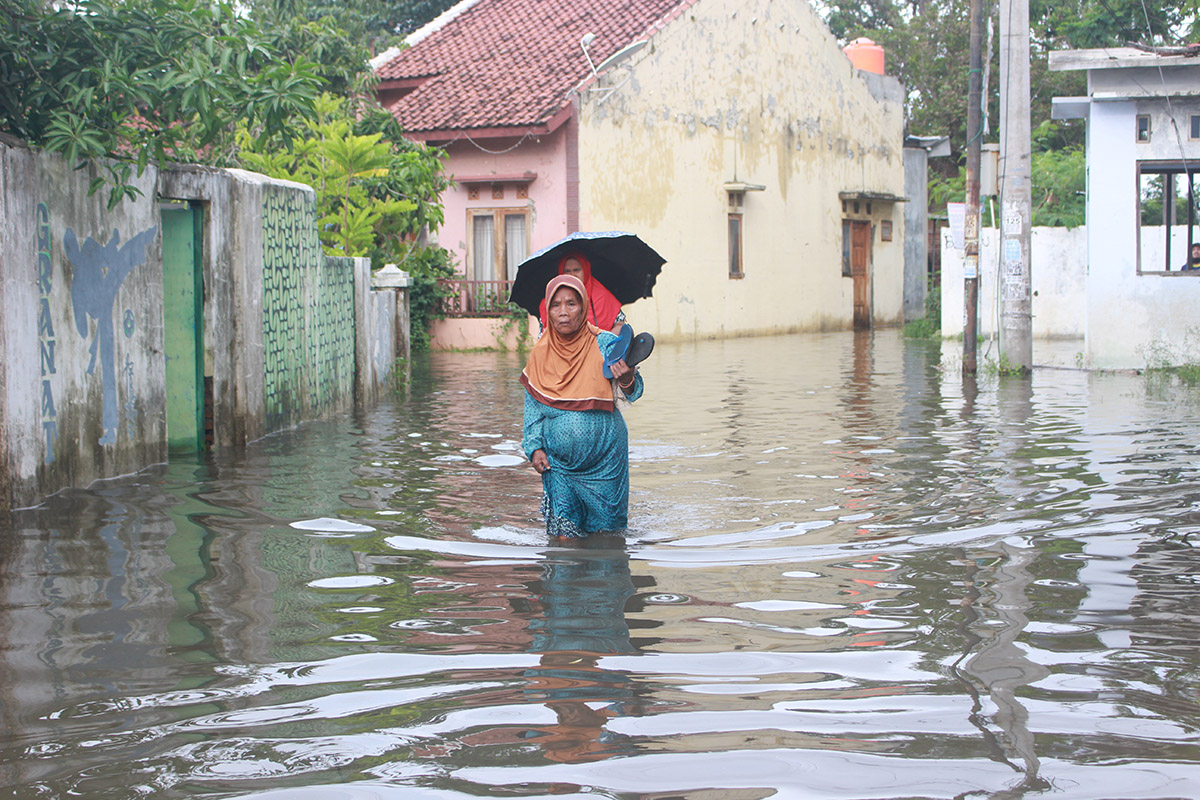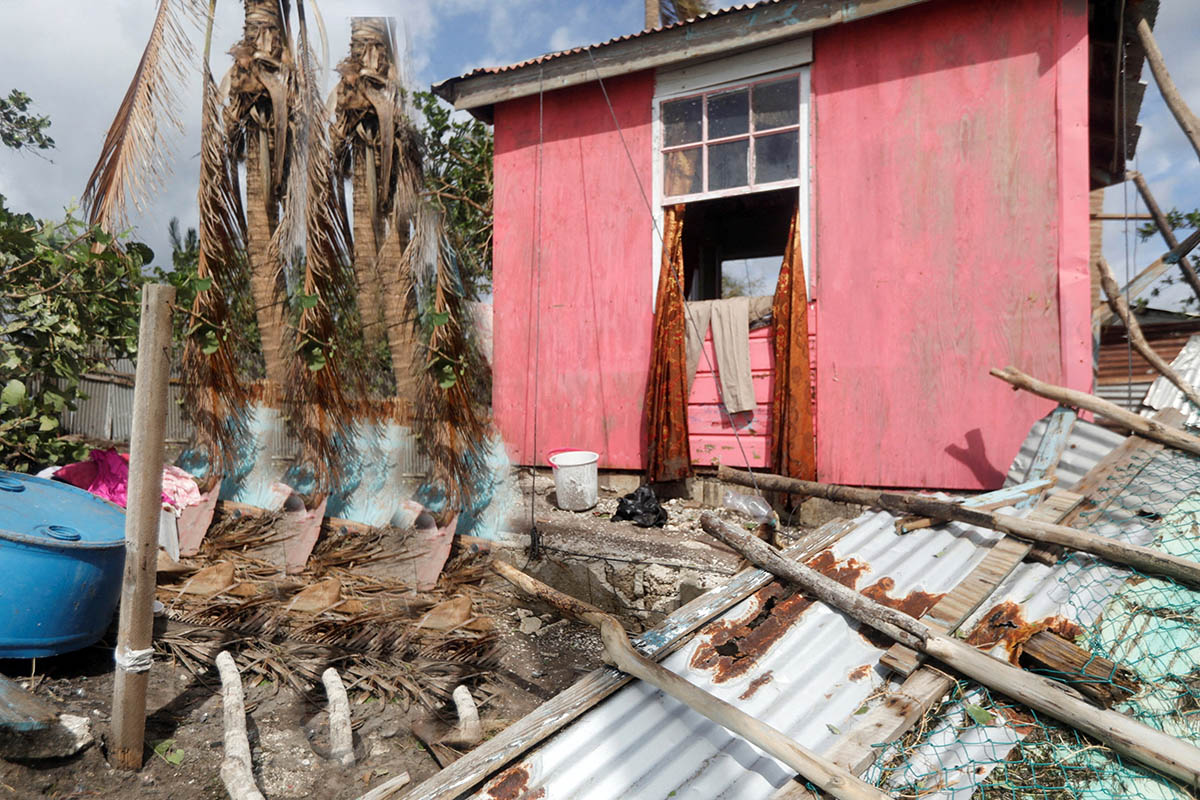“Atlantic hurricane season brings reality check”
October 6 The ferocity of September’s hurricanes points to a trend of storms that quickly grow to devastating hurricanes, writes Ariana Joseph, 17, a Commonwealth Correspondent from Antigua and Barbuda now studying in Canada. She argues the impact of climate change can no longer be denied.
The ferocity of September’s hurricanes points to a trend of storms that quickly grow to devastating hurricanes, writes Ariana Joseph, 17, a Commonwealth Correspondent from Antigua and Barbuda now studying in Canada. She argues the impact of climate change can no longer be denied.
We knew Irma was a monster days before she started to assault the pristine and halcyon shores of the north eastern Leeward Islands. Here is the story of a beautiful wave that turned monstrous. As it emerged off the coast of West Africa, no one quite knew what it portended. It started out as simply a gentle wave: one that could generate some much needed rain showers. However, that beautiful and seemingly harmless wave quickly mushroomed into a raging storm threatening to destroy whatever lay in its path, using ferocious winds and torrential rain in addition to monstrous waves. It was a storm well-armed.
I experienced Hurricane Gonzalo in October 2014. It was supposed to be a minimal storm when it crossed over the tropical isle of Antigua. It was later discovered to have reached hurricane status. It moved from a wave to a tropical storm in 12 hours and made landfall as a destructive hurricane in less than 18 hours. But Gonzalo was no Irma, who signalled her destructive forces days in advance. Irma developed rapidly, and it did so way out over the Atlantic Ocean.
When Irma came off the African coast on the 27th August, 2017, no one could have envisioned what this tropical wave heralded. Three days later, it had morphed into a tropical storm. Within 12 hours of classification as a tropical storm packing winds of 70 mph, it had grown to a category 2 hurricane. It was now telegraphing its potency and deadly intent. As it continued to trek across the open Atlantic, that intent became more ominous. As it moved menacingly close to the northern Leeward Islands, its fury became evident as it intensified rapidly to a category 5 hurricane with a pressure of 914 millibars.
The story of Hurricane Maria also demonstrates the rapidity with which these storms are intensifying. Within a 24 hour timeframe, Maria moved from a category one to a category five hurricane. It also demonstrates their destructive forces. Maria steamrolled several Caribbean islands, leaving death and destruction in its path. It literally razed these islands to the ground and enveloped them in a pall of gloom.
How could these beautiful waves turn so ugly, and so quickly? The answer is to be found in the reality of climate change. Climatologists have discovered the answers in some of the decisions we make in the normal course of our daily activities. Unlike these seemingly harmless waves that quickly turn monstrous and deadly, the consequences of our collective actions that harm the environment take time to germinate – they creep up on us slowly but with devastating consequences.
This is certainly a September to remember. Irma is the longest sustaining category 5 hurricane to travel across the Atlantic. Climatologists are essentially unanimous in the conclusions that the frequency and intensity of these storms are fuelled by global warming, resulting from carbon emission, its inevitable impact on the ozone layer and the concomitant rise in ocean temperature. While small island states are responsible for only a negligible portion of the world’s carbon emission, they have and will continue to bear the brunt of its negative consequences – indeed they are the most vulnerable.
Since the turn of the last century, there have been 26 El Nino events. The strongest of these were in 1982-83, 1997-98, and 2014-16. El Nino usually takes place when the ocean temperature is at least two degrees Celsius warmer than usual for at least three consecutive months. It is not a normal situation, but rather one which defies the traditional weather patterns. It can only be understood and explained in the context of global warming.
To safeguard ourselves, will have to take steps like reforestation, reducing (if not eliminating) the use of fossil energy, using biodegradable products, and embracing any other action that will enhance our environment and reduce temperature levels. The Paris accord is the most realistic pathway to responsible stewardship of the environment.
We have sown our reckless exploitation of the earth’s resources. Now we are reaping the whirlwinds of destructive storms and rising sea levels. The 2017 Atlantic hurricane season brings a reality check to the naysayers of global warming. We can no longer bury our heads in the sand like the proverbial ostrich.
photo credit: anttilipponen Hurricane Irma 2017 09 10 via photopin (license)
…………………………………………………………………………………………………………………
About me: My ambition is to become a cardio-thoracic paediatric surgeon. In preparation for this, I have commenced undergraduate studies focusing on a double major in biology and chemistry. Once I have completed my undergraduate studies, it is my intention to obtain a medical degree, pursue research studies in genetics, and eventually establish a medical services centre.
I have a passion for reading, writing, playing the violin, and engaging in community service projects. I am presently enrolled at Saint Mary’s University, Canada.
…………………………………………………………………………………………………………………
Opinions expressed in this article are those of the author and do not necessarily represent the views of the Commonwealth Youth Programme. Articles are published in a spirit of dialogue, respect and understanding. If you disagree, why not submit a response?
To learn more about becoming a Commonwealth Correspondent please visit: http://www.yourcommonwealth.org/submit-articles/
…………………………………………………………………………………………………………………






